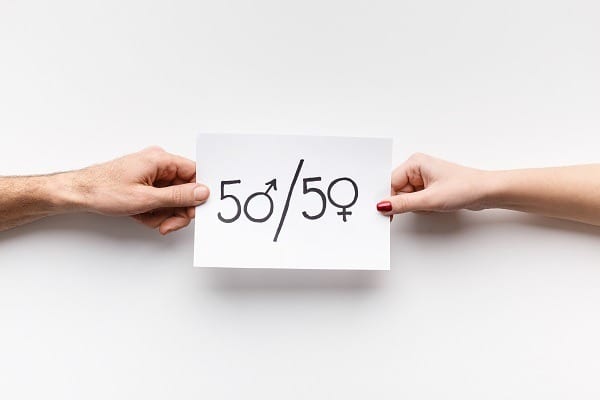This is the key finding from Bain & Company and Chief Executive Women’s (CEW) seventh Australia gender parity report.
Bain & Company and CEW surveyed Australians across more than 14 industries to understand the current levels of men’s engagement with gender equality initiatives.
While the majority of men indicate they can see that gender equality benefits their female friends and relatives, 70% indicated they sit somewhere in the middle in the role they play in activities that support gender diversity. They are neither highly engaged nor fully disengaged.
Only 17% of men reported being highly engaged.
The missing link in achieving #genderequality is significant engagement from men! https://t.co/AekW11JoJN @CEWAus #GenderParity pic.twitter.com/MwMpK1USdp
— Bain & Company (@BainAlerts) March 19, 2019
Importantly, perceptions about men’s engagement differ significantly between men and women.
While 64% of male respondents feel satisfied with their current level of engagement, women tend to disagree. Almost 70% of women said that they would like men to be more involved. This is a huge gap in perceptions of a critical workplace issue.
“The survey highlighted the fundamental disconnect between how men and women view male engagement which puts further progress at risk,” said Chio Verastegui, one of the authors of the report.
“Without a shared view of what is required a dangerous cycle could ensue, in which women demand more participation, causing men to disengage or retract their support.”
In Australia, men aren’t participating in #genderparity initiatives that women believe are most likely to advance equality. https://t.co/NzXI1MVp4l pic.twitter.com/RNNrehM6BJ
— Bain Insights (@BainInsights) March 24, 2019
Four main factors tended to correlate with higher engagement levels – seniority in the organisation, age, exposure to female role models and fatherhood.
Senior leaders in the workplace are nearly two and a half times more likely to be highly engaged than other male employees.
Men under the age of 34 also reported higher levels of engagement than their older counterparts.
Men with female role models, were more than twice as likely to be highly engaged compared with those who had none.
Fathers were nearly twice as likely to be highly engaged versus men with no children.
Men who had fulfilled a primary caregiver role, were almost three times more likely to participate in gender parity initiatives.
The landmark gender parity report, Better Together: Increasing Male Engagement in Gender Equality Efforts in Australia, identifies some key actions that can increase male engagement in gender equality issues:
- Make it personal. Highlight the benefits of equal opportunities for both men and women where having a balanced career can include equal sharing in family responsibilities. Appealing personally to male relatives, colleagues and friends to get more engaged can also be powerful.
- Make it easy. Use existing processes to further improve male engagement (e.g. a more balanced mentor-mentee mix, unconscious bias mitigation built into people processes). Engage men to co-drive programs, encourage them to be actively involved in equality initiatives and create a safe space to increase mutual understanding.
- Make it effective. Through monitoring organisational performance and celebrating progress demonstrate the business case for change for your specific organisation
“Gender equality is a proven business asset, benefiting organisations as a whole. It should not be perceived as a women’s issue: equality is an issue for everyone.”



